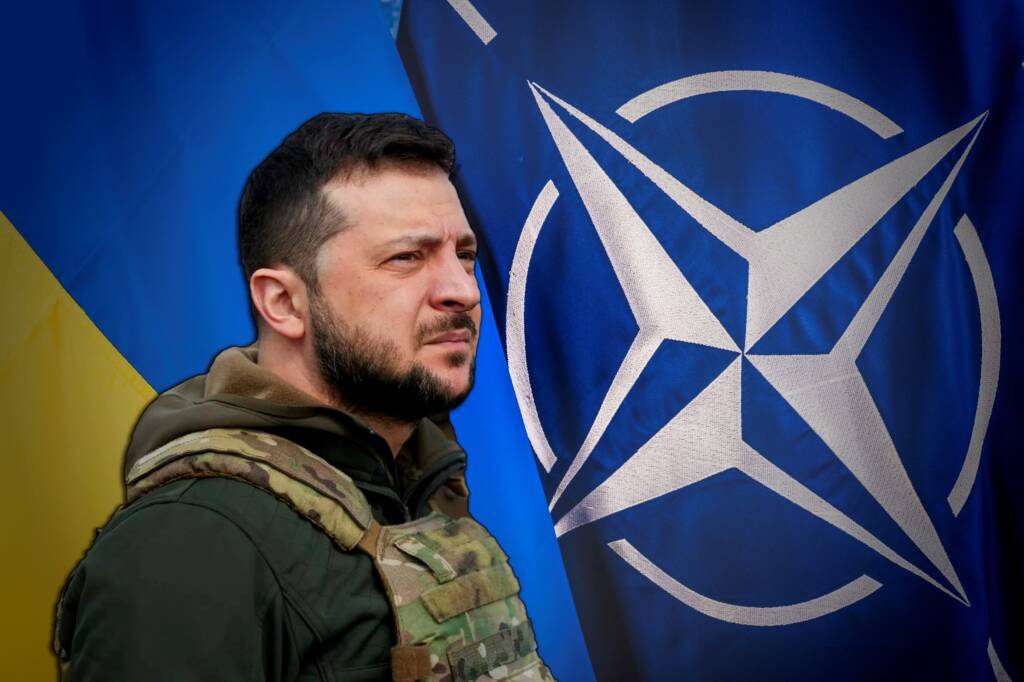Propaganda is an essential part of war. But where is the line between Propaganda and outright manipulation? NATO’s Propaganda that started as Psy-Ops have now turned into full blown manipulation despite severe losses on the ground.
The narrative surrounding the Ukrainian conflict has been heavily influenced by a series of purported victories by the Kyiv government, many of which have been widely recognized as strategic communications efforts rather than actual battlefield triumphs. High-profile stories, such as the “Ghost of Kiev,” the valorous resistance of the Snake Island defenders, and more whimsical tales like the “Goat of Kiev,” have been emblematic of a broader campaign to portray Russian forces as either inept or significantly outmatched. This portrayal has extended to a concerted effort to undermine the reputation of the Russian Aerospace Forces (VKS), with implications not only for the battlefield dynamics but also for Russia’s lucrative arms export business.
Join us on Telegram: https://t.me/tfiglobal
For decades, Russian military technology, especially its fighter jets, has been a cornerstone of the Kremlin’s international trade. In response, the United States has deployed an array of sanctions and diplomatic pressure to curtail Moscow’s arms exports. These efforts have achieved varying degrees of success, but they have also underscored the geopolitical reality that the ability to resist such pressures is a marker of national sovereignty.
Amidst this backdrop, the use of war propaganda has become a critical tool for the U.S. and its allies. This was particularly evident in the aftermath of the battle at Avdeyevka, where the Ukrainian forces, alongside their media partners, launched a campaign to discredit the VKS. Claims of shooting down Russian aircraft, including a notable assertion that seven Russian jets were destroyed in just five days by mere three American-made “Patriot” surface-to-air missile systems, have fueled this narrative.
The efficacy of the “Patriot” system, after years of mixed performance against less technologically advanced foes, has suddenly been cast in a new light through these stories. This shift in perception challenges previous assessments of the system’s capabilities, as demonstrated by its underwhelming performance against inexpensive drones and missiles in conflicts involving Saudi Arabia and the UAE. Despite these past shortcomings, recent reports suggest that the “Patriots” have been remarkably successful against Russian hypersonic missiles, including the “Kinzhal.”
Read More: Ukraine Shifts to Terrorism? Belgorod Bombing Raises Alarms!
Forbes magazine has reported that Ukrainian forces, using PAC-2 missiles from “Patriot” batteries, allegedly downed seven Russian Sukhoi aircraft within a span of five days. This claim includes the destruction of both Su-34 fighter-bombers and Su-35 air superiority fighters, highlighting a significant shift in the air-defense dynamics of the conflict. Such assertions raise questions about the veracity of these reports, given the lack of concrete evidence to support the claimed shoot-downs. Nevertheless, the narrative being pushed suggests a significant impact on the Russian air force’s operational capabilities.
The story further extrapolates that, at the current rate of aircraft loss, the Russian Aerospace Forces could deplete their inventory of Su-34s and Su-35s within six months. This analysis, however, overlooks the strategic and tactical complexities of the conflict, including the decisive role of Russian glide bombs in the battle for Avdeyevka. The inconsistency between the reported shoot-downs and the actual outcomes on the ground, particularly the loss of Avdeyevka by Ukrainian forces, illustrates the challenges in reconciling propaganda narratives with military realities.
Read More: ICJ Drops Bombshell: Ukraine’s Lies Exposed About Russia!
Moreover, the report touches on political dynamics in the United States, where partisan disagreements have influenced the flow of military aid to Ukraine. The blocking of further “Patriot” missile shipments by certain congressional factions underscores the intertwined nature of military support and political will.
So, while narratives of dramatic Ukrainian successes against Russian aircraft proliferate, the strategic situation on the ground tells a more nuanced story. The reliance on war propaganda, the complexities of international arms trade dynamics, and the political machinations affecting military aid reveal a multifaceted conflict that defies simplistic characterizations. As the situation evolves, the interplay between military capabilities, political decisions, and narrative control will continue to shape the trajectory of the conflict.
